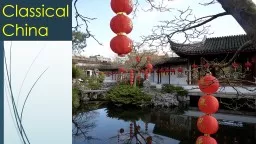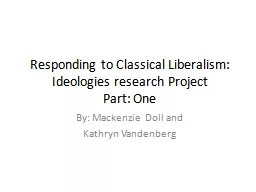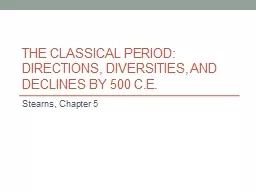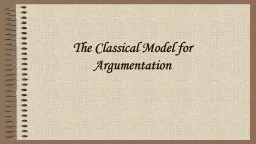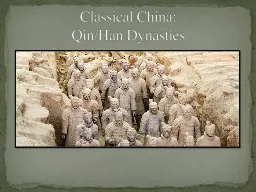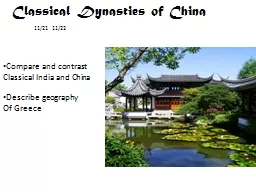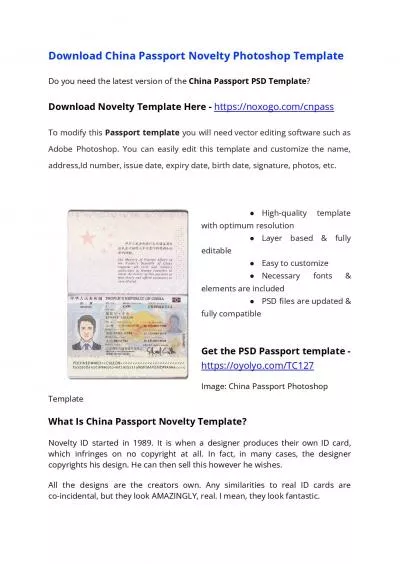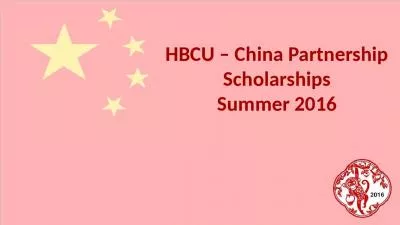PPT-Classical China Review:
Author : olivia-moreira | Published Date : 2020-01-13
Classical China Review What was the first Chinese dynasty to leave written records On what river did the first Chinese civilizations develop What were the religious
Presentation Embed Code
Download Presentation
Download Presentation The PPT/PDF document "Classical China Review:" is the property of its rightful owner. Permission is granted to download and print the materials on this website for personal, non-commercial use only, and to display it on your personal computer provided you do not modify the materials and that you retain all copyright notices contained in the materials. By downloading content from our website, you accept the terms of this agreement.
Classical China Review:: Transcript
Download Rules Of Document
"Classical China Review:"The content belongs to its owner. You may download and print it for personal use, without modification, and keep all copyright notices. By downloading, you agree to these terms.
Related Documents

